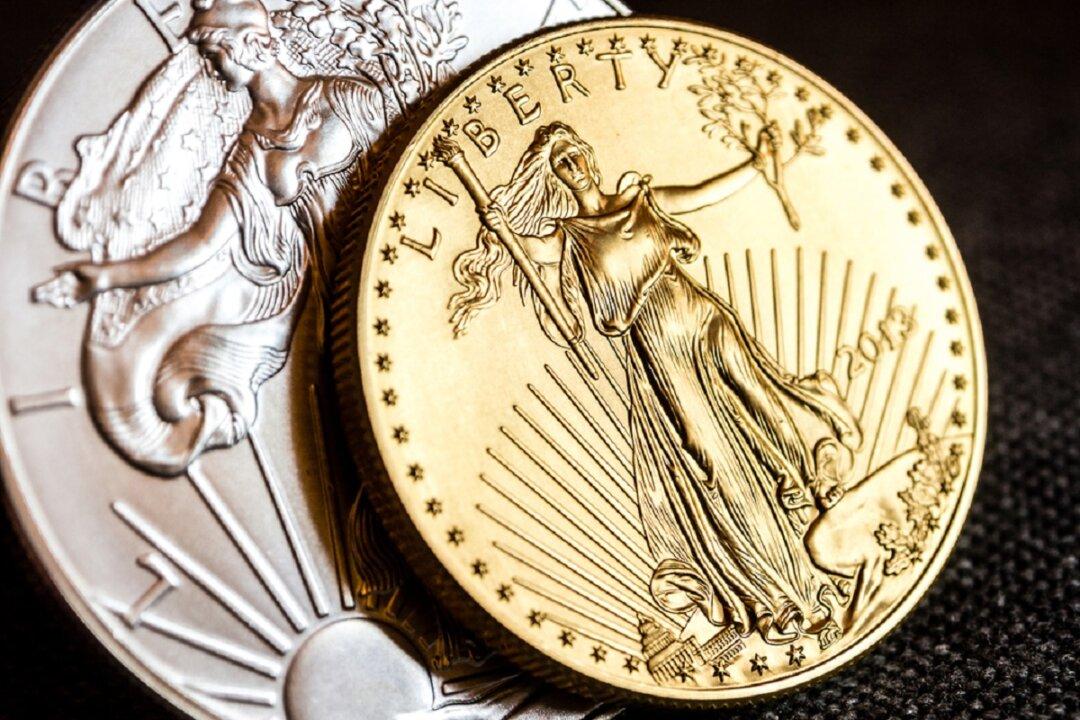So, you’re thinking about buying gold from a private seller or whether you can sell some gold jewelry you’ve been hoarding in your closet for years. But you have one concern: is the gold real? And how would you know?
Knowing how to tell if gold is real is crucial to your decision to buy or sell. Gold is pricey, and you don’t want to risk wasting your money on fool’s gold. You also don’t want to sell authentic gold jewelry for less than it’s worth.





